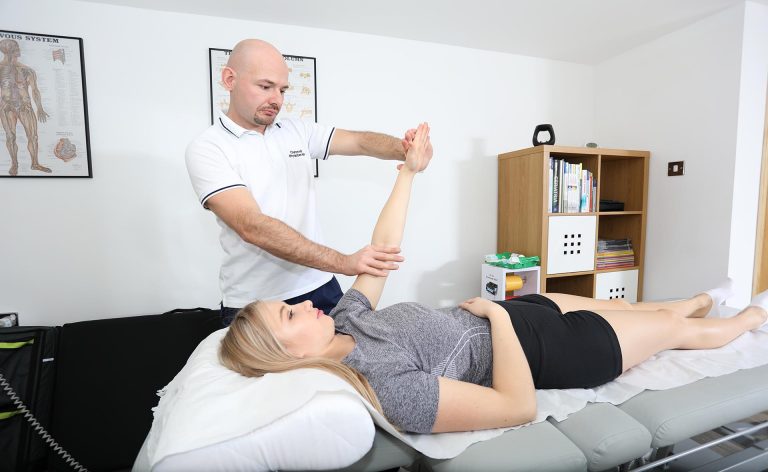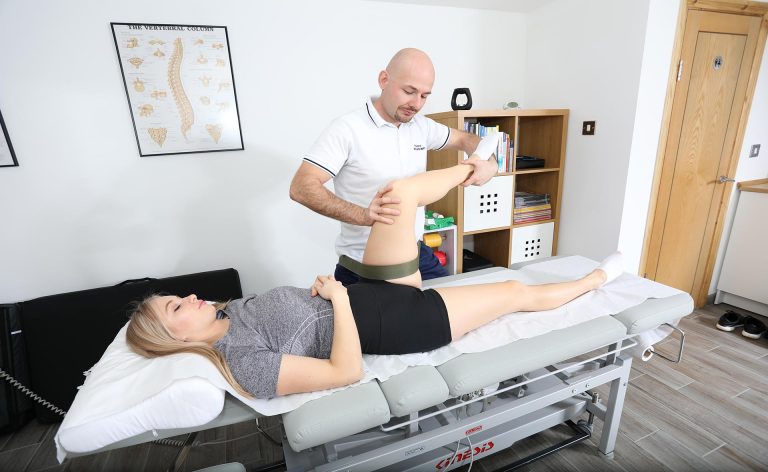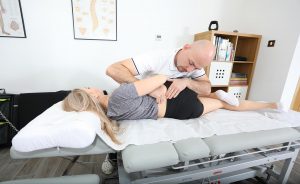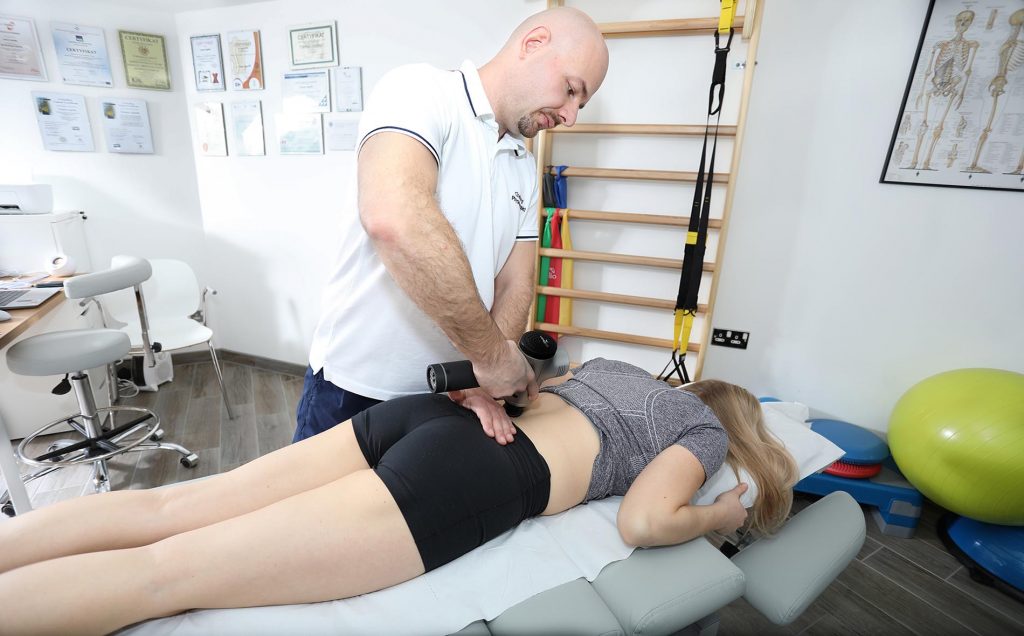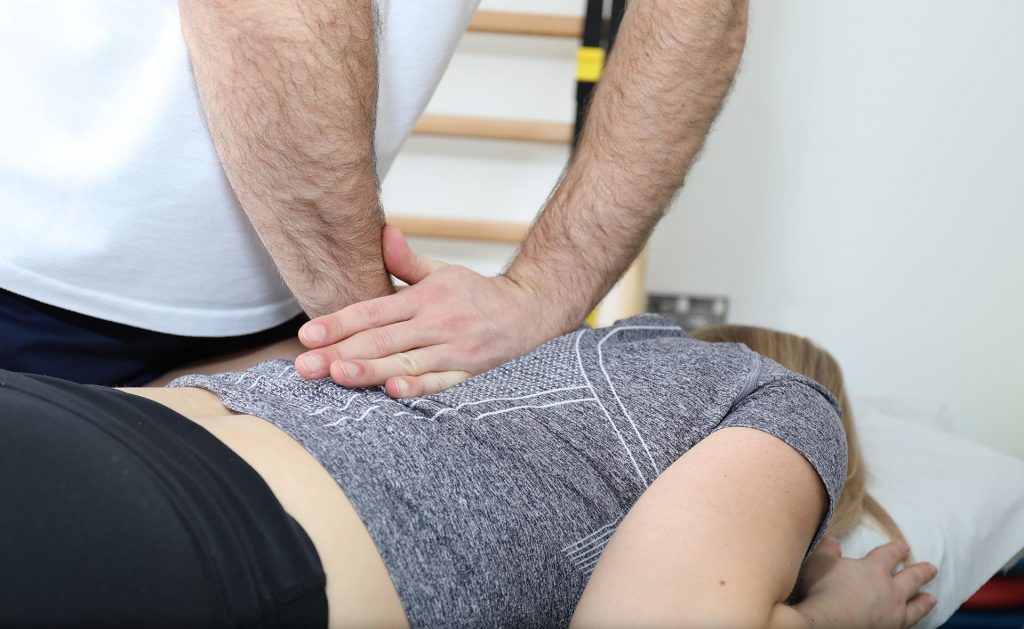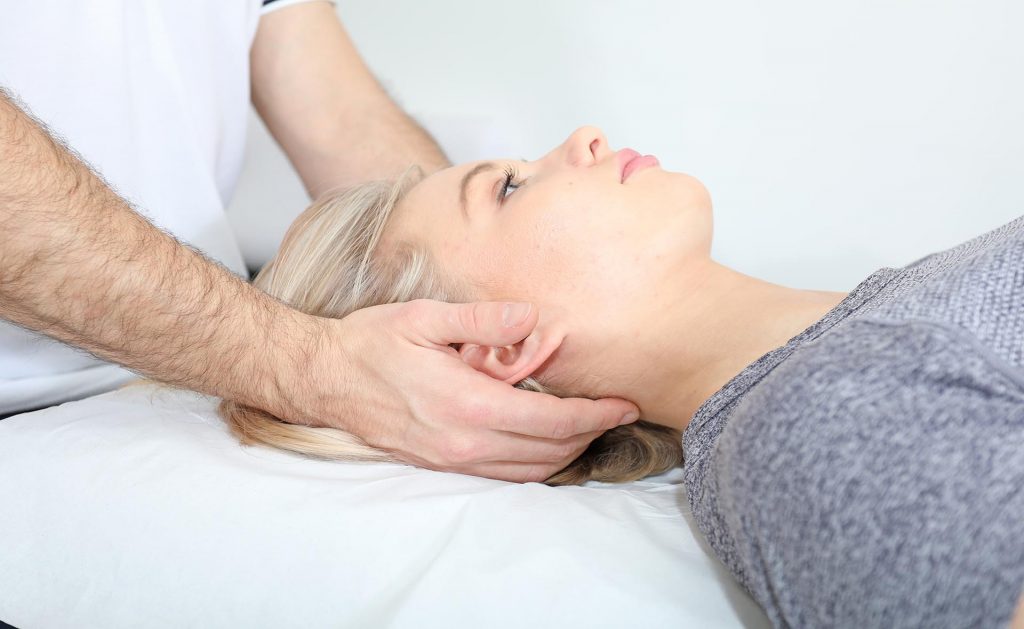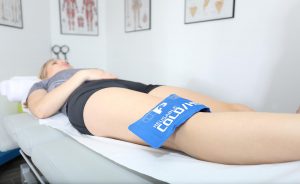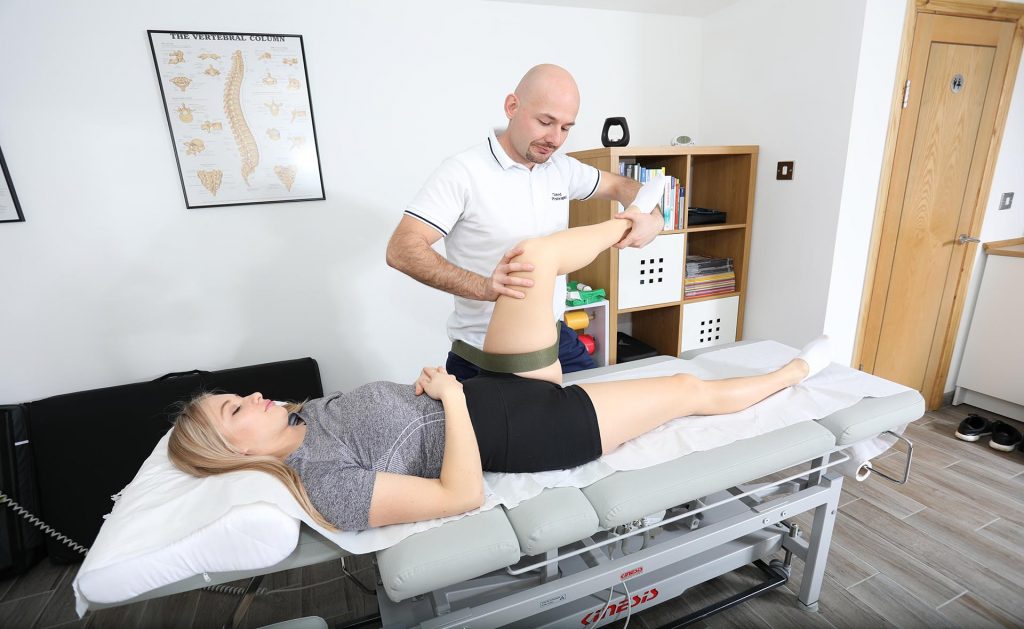Manual Therapy Southampton
Manual Therapy at PhysioCraft, Southampton. We use various therapies to help our patients recover. If you are looking for a Southampton Physiotherapist to assist you with your condition, contact us today.
Manual therapy
in another word manual medicine
Manual therapy (MT) is a variety of techniques in which a physiotherapist uses his hands to mobilise, manipulate and compress the joints, and dislodge soft tissues such as muscles or fascia in various ways to heal the human body. It helps in the diagnosis and improvement of reversible problems of the locomotor system. Numerous differentiation tests are carried out to determine whether the cause of the symptoms is the joint, soft tissues, the nervous system or other body structure. Acting through appropriate grips allows checking the mobility of the joints and tissue sensitivity. It is a safe and effective therapy that prevents disorders of the musculoskeletal system. The therapist selects the method of working with the patient after a thorough interview and diagnostics, e.g. McKenzie method, Dr Ackermann method, Mulligan method, fascial therapy, trigger points, PNF, PIR dry needling, lymphatic drainage.
MT is used in various pain ailments, with incorrect posture and musculoskeletal system issues, e.g.:
- Headaches
- Sciatica
- Discopathy
- Numbness in the limbs
- Posture defects
- Degenerative changes
- Stress pains
Manual therapy can relieve pain quickly, even during the first visit to a specialist therapist. It is used to improve flexibility and range of motion in the joints. The techniques used in therapy support lymph outflow and stimulate circulation.
Book your appointment
Manual Treatment
One of the most effective manual therapy methods is the Mulligan Concept, which combines the patient’s active movement with pressure applied by the therapist. It is a mobilisation therapy with movement and/or taping the joint in a corrected position. Stabilisation belts can also be used for treatments. You should feel no pain during the procedure. The therapist uses an appropriate number of repetitions of the technique that brings relief from the very first treatment.
The Mulligan method applies to a variety of health problems:
- Pain in the limbs and spine
- Degeneration
- Golfer’s and tennis elbow
- Migraines
- In limited mobility in the joints
- Incorrect body posture
- Acute pain conditions
The research conducted by G. Espí-López et al. showed that manual therapy reduces symptoms of tension headache. They concluded that the use of various combinations of forms of therapy (spine manipulations, cervical mobilisation, trigger points, craniocervical techniques, exercises) reduce the intensity and frequency of symptoms.
In their research, Espejo- Antúnez L. et al. compared the release of trigger points by dry needling to no intervention. The results of the research suggest that dry needling increases the range of motion and alleviates pain. They point to the need of conducting more detailed studies to assess the impact on disability or drug use.
A 2014 study by Xinjian Li found that combination therapy (acupuncture, massage, block therapy) was more effective in treating external numerus inflammation.
Many studies have confirmed the effectiveness of manual therapy. It is most beneficial for the patient when the MT is combined with an exercise program tailored to the disease problems.
Book your appointment
What does the manual therapy procedure look like?
Manual therapy is a therapeutic and diagnostic method which, depending on the patient and his illness or ailments, may have a different course. Basically the therapist lays or seats the patient on the couch. The therapeutic treatment usually consists of quick and decisive movements, putting pressure on individual points on the spine. While doing this, you may hear the characteristic crunch noise, but this is not a symptom that should be alarming. This sound is caused by the displacement of the peripheral joints to their proper position. Effective manual therapy can be helpful for many people with musculoskeletal disorders.
Indications for manual therapy
Manual therapy can be used for a variety of problems, especially pain related problems. This method of treatment brings measurable benefits, especially in pain related to the bones, spine, lumbar and other parts of the body. A manual therapist during rehabilitation and after an interview with the patient at that time helps in the treatment of muscle tension disorders in the pelvic area, pollakiuria, sciatica, migraines, as well as in correcting posture and the entire motor apparatus defects. Manual therapy is an extremely effective method that brings you quick pain relief.
Contraindications to manual therapy
Manual therapy is a fairly safe method of physiotherapy. However, it is not recommended for people who struggle with haemorrhoids, organic diseases of the digestive tract end, advanced osteoporosis and impaired blood clotting. Pregnant women should also not undergo manual therapy.
Book your appointment
